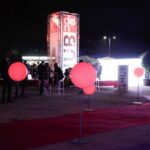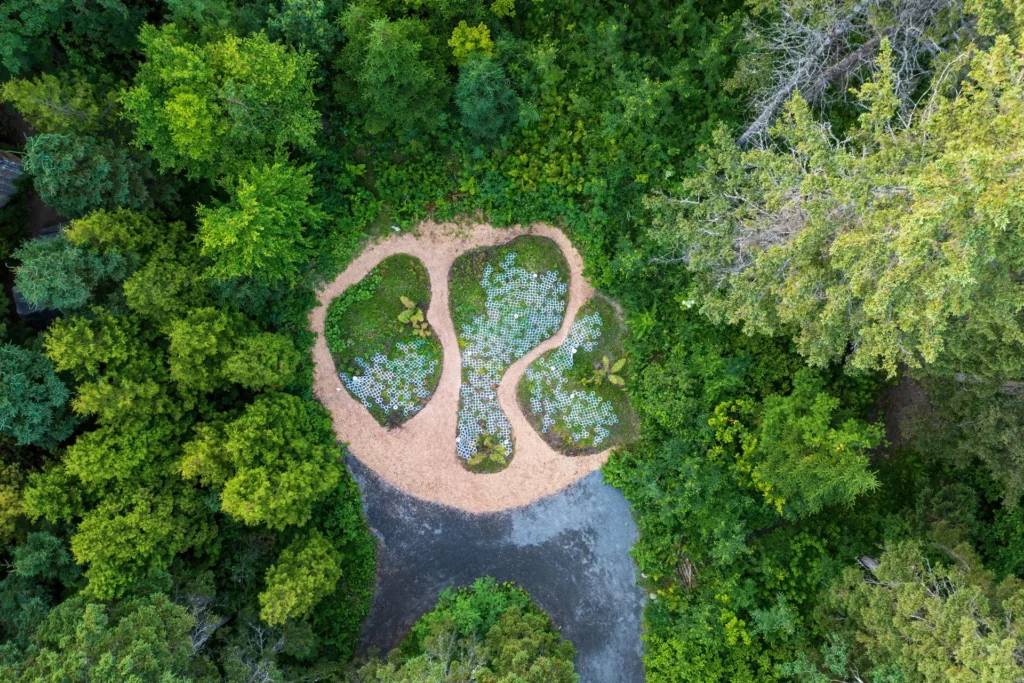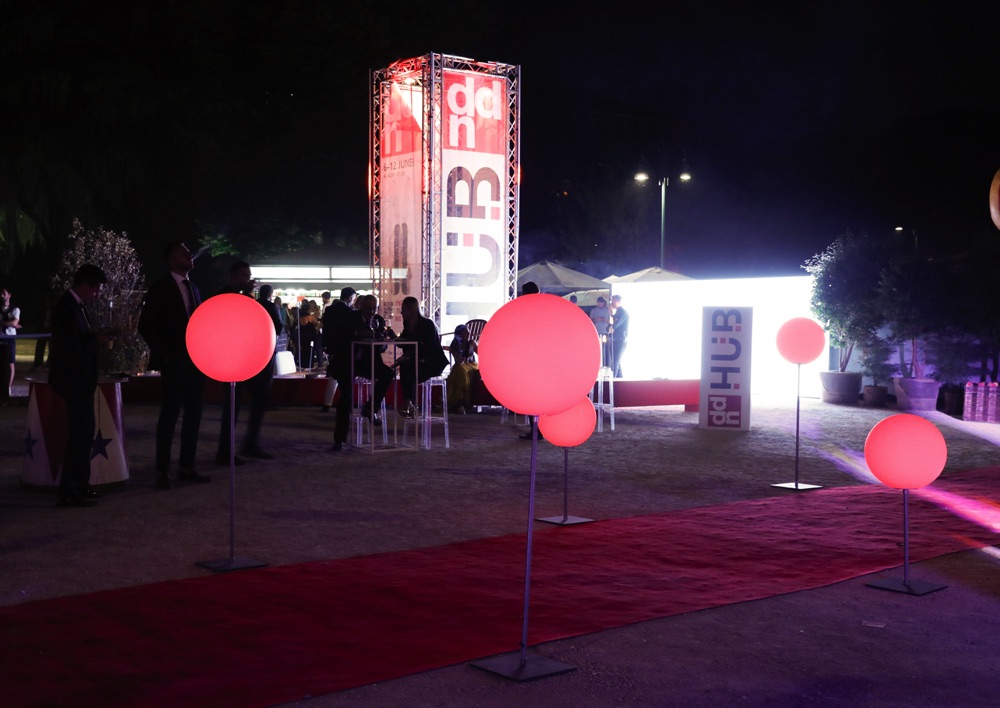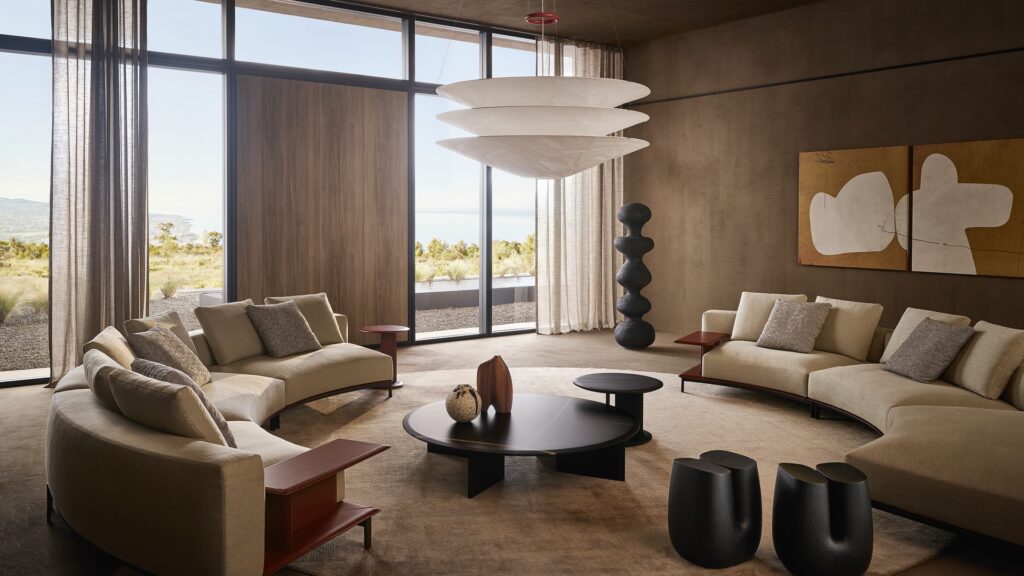Grand-Métis, Canada, is currently hosting the 24th edition of the International Garden Festival, a green event focused on sustainability running until October 1st, 2023

The International Garden Festival is the quintessential event aimed at garden designers from around the world, held annually in Grand-Métis, Canada. Titled RACINES | ROOTS, the 24th edition comprises 22 gardens, including five brand-new ones, as well as the stand-alone installations Mer du Vent and Absolues Jardin, by twelve designers from Quebec, Ontario, Sweden and Germany. The festival will be open to the public until October 1st, 2023.
Keyword: back to basics
The theme of the 24th edition of the International Garden Festival invites a move away from technological progress and a return to what is essential by integrating the use of native plants, local materials – whether reused or with limited environmental impact –, as well as traditional methods of construction combined with a contemporary vision that embraces both regional communities and ecosystems.
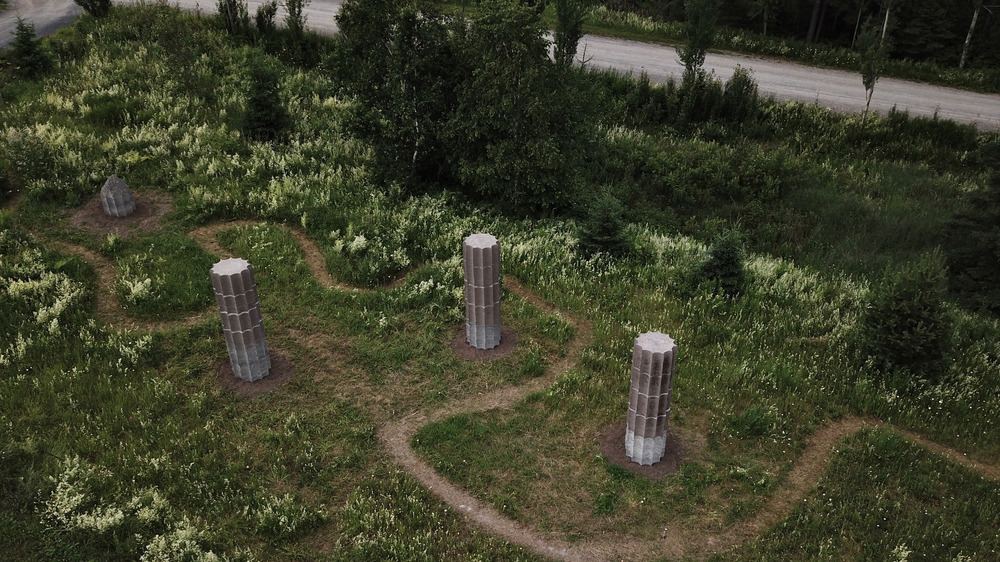
The new gardens of the International Garden Festival 2023
Five new gardens have been selected for the 2023 edition: Le Jardin des quatre colonnes, Maillage, Matière-Matière, Racines de mer, and S’Y RETROUVER.
Le Jardin des quatre colonnes is a project by Vincent Dumay and Baptiste Wullschleger (Sweden / France). For its creation, the duo relied on adobe construction, a technique that consists in compacting soil mixed with moisture in successive layers inside a casing, making visible what normally lies hidden beneath our feet. The fluted boles are built using a tubular casing which gives them their specific shape evoking Doric columns.
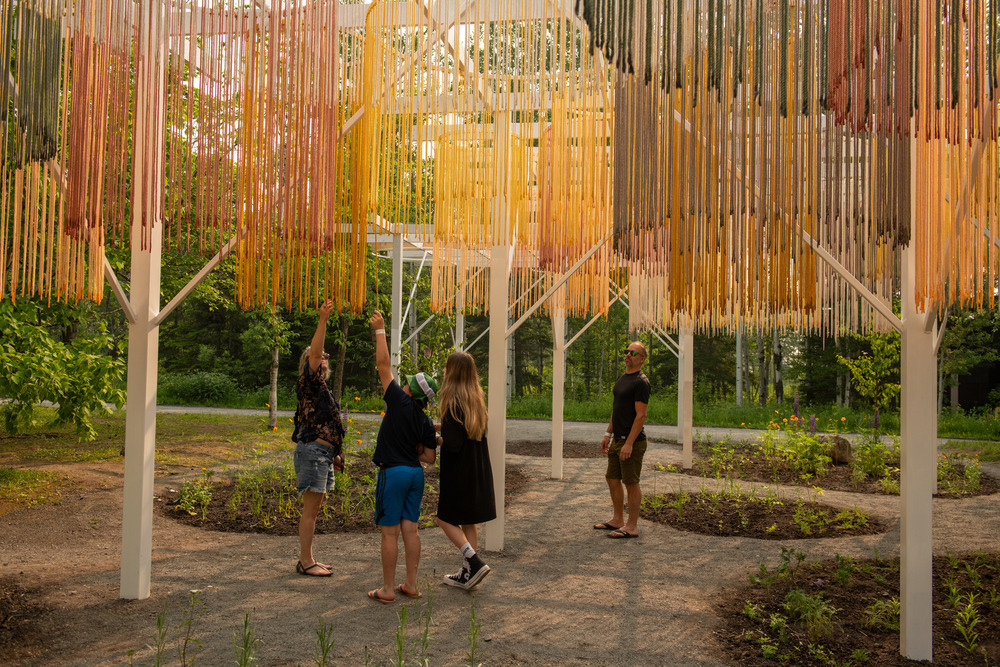
Maillage, the second garden, is a work by Friche Atelier, a Canadian landscape architecture and horticulture firm.
“The use of plants is at the heart of the development of our civilizations. Whether for nourishment, protection, healing or clothing, their multiple applications have allowed populations to survive and prosper.” Starting from this consideration, Maillage explores the relationship between the textile and plant worlds.
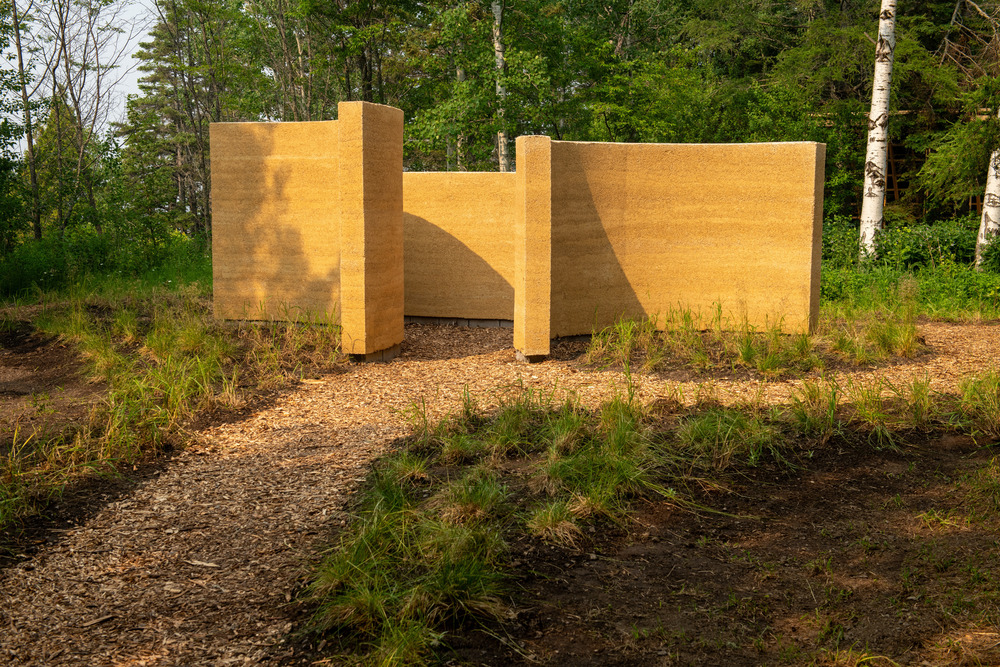
Studio Haricot (Canada) designed Matière-Matière, the intrinsic experience of a tone-on-tone relation (texture upon texture, color upon color) where volumes emerge from the site as extensions of the vegetation. Three walls bend, converge and project themselves, dilating and contracting. This structure of hemp concrete, deposited in the context of a patch of wheat and a carpet of mulch, offers a parallel between the possible transformations of vegetal fibers up to the materialization of the proposed spaces.

A look at the past
Racines de mer, by Cassandra Ducharme-Martin and Gabriel Demeule (Canada), proposes a reflection on the future built environment in relation to customs of the past. It offers the visitor the possibility of discovering Quebec’s territory and traditional skills. On the one hand, the light wooden frame, left uncovered, celebrates the elegance of this method of construction that is omnipresent in North America. On the other hand, its roof made of seaweed, inspired by those of the island of Læsø, exploits the riches of the St. Lawrence River and reveals its dormant potential.
“In a climate similar to ours, on the island of Læsø in Denmark, women built, with the help of eelgrass, a marine plant, the roofs of their houses. Due to the waterproof and fireproof properties of these marine plants harvested on beaches, these roofs have resisted the ravages of time for more than three hundred years.”
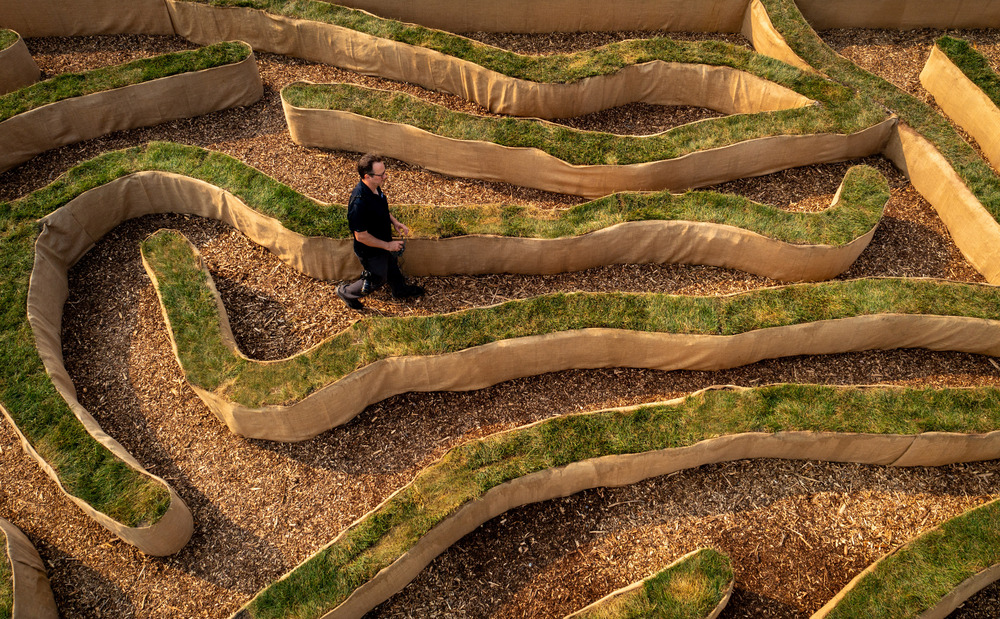
Lastly, S’Y RETROUVER, the garden designed by Jinny Yu, Ki Jun Kim and Frédéric Pitre (Germany / Canada), is a maze with various possible routes and dead ends meant to confuse and challenge those who explore it. At the same time, the top of the wall of the trenches, which is at ground level, helps visitors decipher the pathway before entering.
Upon entering S’Y RETROUVER, visitors reach the first level of the substratum of the root system. They are invited to walk around a network composed of earth and white clover representing the pattern of the roots of two trees linked by fungal mycelium.
The white clover, just as many settlers in Canada, came from Europe and took roots spreading across the North American continent interacting with the ecology of the native soil. Therefore, S’Y RETROUVER invites visitors to slow down and reflect both on the root system and issues of colonialism.
This year’s jury
The committee that selected the five new gardens of the 24th edition of the International Garden Festival was composed of David Bonnard, Architect HMONP (ENSAL) and founder of HYTT Architecture, Lyon, France; Stéphanie Henry, Landscape Architect AAPQ-CSLA and co-founder of Castor et Pollux – Agence de paysage et design urbain, Montreal; François Côté, Senior Partner at Norton Rose Fulbright Canada and member of the Festival’s Board of Directors; Alexander Reford, Director of the Jardins de Métis / Reford Gardens; Ève De Garie-Lamanque, Artistic Director of the International Garden Festival; and François Leblanc, the Festival’s Technical Coordinator.

